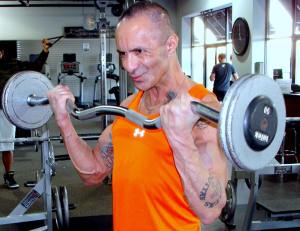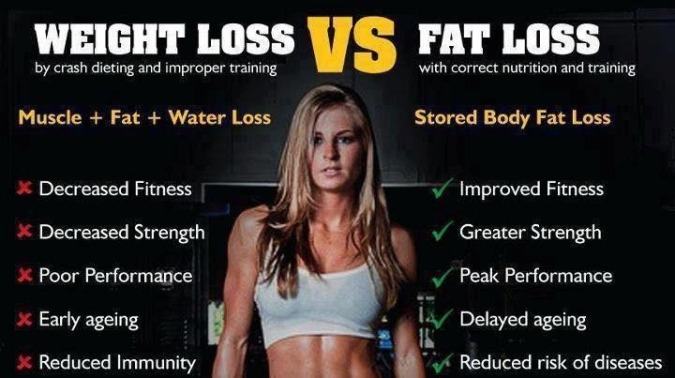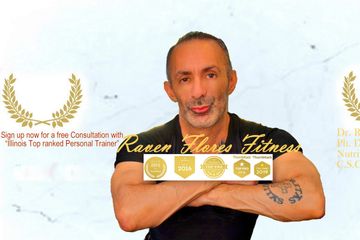Raven Flores Ph D., Nutritionist, C.S.C.S.
Steve Trezek

http://www.ravenfloresfitness.com
For a moment, let’s look past the obvious culprits – vending machines in
every work place replete with racks of sugary sodas, fried chips and candy bars
Binge watching Netflix, playing Bejeweled and Words with Friends on your iPhone while at work make the likelihood of moving from Your cubicle, desk or office something of a mission impossible.
This, ladies and gentlemen, is ground zero for obesity, heart disease, stroke and diabetes. You may say, “Raven, your being overly dramatic!” But am I?
Americans work harder than anyone else in the industrialized world. We work an average of 34.4 hours a week, longer than any of our counterparts in the world’s largest economies. Many work even longer. Adults employed full time report working an average of 47 hours per week, which equates to a full six day work week, according to Gallup. Jul 9, 2015
47 hours per week at 52 weeks in a year – that’s, 2,444 hours at work per year not counting vacations. That’s an astonishing amount of time spent sitting around in a typical office job
Now let’s examine vacations
Nearly four in 10 workers report logging 50+ hours on the job.
Americans are awarded fewer vacation days than most all of their peers worldwide — and they often neglect to take all the time they are given. U.S. workers get about 15 days off yet took advantage of only 14 days according to a 2014 Expedia.com survey. Europeans are given an average of 28 days, while workers in the Asia-Pacific receive 19, though they also don’t typically use them all. Money/cnn.com July 9, 2015
This obsessive work schedule often leads to many adverse consequences, such as work related stress, worry, frustration with fellow co–workers, and, not surprisingly – heart attacks.
The labor force has changed dramatically over the last 50 years. During that time,
we have seen the spiraling decline of physical activity in the work place. About half of private-industry jobs in the United States involved some kind of physical activity – things such as farming, mining, construction and manufacturing. In 1960 moderate physical activity accounted for 50 percent of the labor market. Today it has plummeted to just 20 percent
The remaining 80 percent of jobs, are sedentary or require only light activity such as education, administration, retail, tech and wholesale distribution
The lack of physical activity (exercise) combined with sitting at the desk even while at lunch lunch has led to Americans burn 120 to 140 fewer calories a day than they did 50 years ago. 120 to 140 calories a day doesn’t sound like much, but multiply that times 5 days and you get 650 calories a week. Multiply that times 52 weeks in a year and you get 33,800 calories. There are 3500 calories in a pound, that equals to nearly 9.6 pounds gained per year.
Moving Less + Decreased Physical Activity + Poor Eating = OBESITY ALERT!!!
The lack of production (lost productivity) resulting from health issues took a toll on American business to the tune of $84 billion last year, according to a new report from Gallup-Healthways. The main culprits associated with this dearth in productiveness are obesity/weight issues, high blood pressure, high cholesterol, asthma, depression, neck/back/leg pain, cancer, diabetes and heart attack. All of these factors were considered chronic health conditions also linked with absenteeism. To the discerning eye, there is clearly a causal link between an individual’s state of health/wellness and their productivity
“As employers increasingly engage in improving the health of their workers, substantial potential savings remain on the table from getting more employees to work each day as their health improves over time,” the researchers wrote in WELLNESS, May 7, 2013
The findings are based on the results of 94,000 interviews conducted through 2012, among U.S. adults working 30 or more hours a week. The interviews included questions such as, “During the past 30 days, for about how many days did poor health keep you from doing your usual activities?”
Of all the people surveyed, approximately 77 percent were either overweight, obese, or had at least one chronic health condition – WELLNESS, May 7, 2013
The facts are both overwhelming and alarming. Lack of exercise and improper eating habits are literally killing us. We are compromising the very companies we work for in the pursuit of increased productivity by continuing this pattern of self-destruction.
What can forward-thinking companies do in efforts to benefit their employees’ long-term wellness while simultaneously enjoying increased productivity from a healthier workforce?
Institute a Wellness Plan
- Hire a Professional, such as a certified/accredited personal trainer to come in and talk to the employees about the benefits of exercise. Have them demonstrate the exercises in the company gym or work out center. Show them that a slimmer, trimmer employee will live a happier, healthier life.
- Bring in a Nutritionist to show the employees the benefits of having a well-balanced meal. Maybe even have a nutritionist, or dietician work with the staff to come up with more nutrient dense meals in the work place cafeteria that will focus on keeping the fat off and seeking a higher protein, more nutritious alternative.
(With over 60 combined years in the health, fitness and nutrition Industry, Raven Flores Ph D. Kinesiology, Personal trainer and Nutritionist, Steve Trezek and Dereck Unnasch are available to consult with any company seeking to engineer a better, more productive workplace by building a healthier, more productive workforce. You may contact Us Steve Trezek and Derek Unnasch at 630 452 1054)







